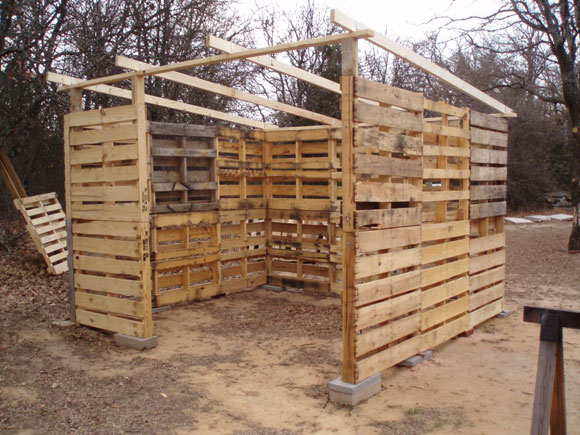The brick calculator allows novices and professionals alike to estimate the number of bricks they would need to build a wall of specific dimensions. It supports single-brick and half-brick walls, along with mortar margin specification and also highlights the amount of mortar required in cubic meters and cubic feet.

Today, just about anyone who wants to build a wall can build a wall; this is thanks to the technological advancements and the introduction of tools like a brick calculator. Unlike before, when such tasks were better left to the professionals, DIYers can now erect the walls that they’ve been dreaming about, without the need of spending an extra dime on hiring an expert builder.
If you have never laid a brick before and you are not planning to pay for a bricklayer, this article should help you take the first steps. But as with anything in life, planning is critical.
Work out the number of bricks required
This is perhaps one of the most challenging parts, especially since you are just getting started. If you are building a perimeter wall or some small structure, you want to have an approximation of how many bricks you’ll need to carry out the process.
Instead of guessing, you can go for the easy to use brick calculator by GIGAcalculator.com. This calculator is designed to help you estimate the number of bricks that you’ll need to construct the kind of wall that you envisioned. To get the exact number of bricks, you’ll need to know the dimensions of one brick as well as the dimension of the wall, which you can get from the manufacturer and the building plan respectively.
In addition to the dimensions, you’ll need to be clear about how thick the walls are going to be – whether single- or half-brick. For half bricks, you will layer the bricks horizontally on the faces of the walls, and for the single brick, you’ll layer the bricks as headers on the faces of the walls. In the half-brick wall, the thickness is the width of the brick while in the single brick; the thickness equals the length of the brick used. The good thing is that the online brick calculator will do all these calculations for you.
Select cement, sand, and additives keenly
Even though you are an amateur, you want to pick the best sand, cement, and additives. In the end, this will determine how easy your task will be and how well you’ll build your wall. Do some research, and even ask around for recommendations to settle for a good deal.
Dig foundation
Keep in mind that even the smallest of walls will need a solid foundation. The depth and size of the trench that you will make will be based on the width and height of your wall. If your wall goes up one meter, you’ll need a trench half a meter deep.
Mix the mortar for the foundation
The biggest problem that beginners make is mixing the mortar incorrectly. As such, it is recommended that you get a ready-mixer mortar to cut out the likelihood of making a weak mix. The mixing process includes creating a hole in the dry mix and pouring water and mixing the rest of the dry mix. Add more water until you achieve a consistency of butter. Then fill the trench’s bottom with mortar and level it off with a plank of wood, and check that the base is flat.
Lay the bricks
Once you have a level base, it’s time to lay the first brick – ensure that every brick that follows is level with the previous one. For the next layer, you’ll need to apply mortar on top of the course below. Expert bricklayers spread the mortar throughout the brick with an indent that’s V-shaped to create a small void in the middle of the brick that enables the bricks to be fixed in place more easily. Be sure to butter the ends of bricks. Use mortar generously, so that you don’t have to add extra. It’s easier to scrape off the excess than to add extra mortar.
If you get the hang of the brick laying process, the rest is simple – all you’ll need to do is to ensure that each brick is level with the previous one. Don’t try to rush, instead, pay close attention to ensuring that you are building a straight wall.
Cut bricks
Many walls will need smaller bricks at the edges. Before you cut a brick, put it in a bed of dirt or sand — this will help it absorb the shock of the blow. Using a hammer, tap the end of the brick chisel to create a line of weakness where you intend to cut the brick. Then, hold the chisel on the line, and angle it toward the side of brick that you’ll use, and with the other hand, hit the handle of chisel using the hammer. This should divide the brick in two.
Pro tips for bricklaying
- Use the same sand throughout the construction process to ensure you maintain a consistent color of the mortar.
- Do not try to make the mortar neat when laying bricks. This will only make the bricks to move and mortar to slump. So, it’s better to proceed with bricklaying and let the mortar set before pointing in the course.
- Pay attention to the weather – do not lay bricks when it’s going to rain as mortar will wash out. Also, leave your plans until later if the temperature is said to drop below five degrees in the next two days.
- Don’t mix too much mortar as it will become firm before you use it. Don’t mix too little either because then you’ll waste a lot of time mixing new batches


